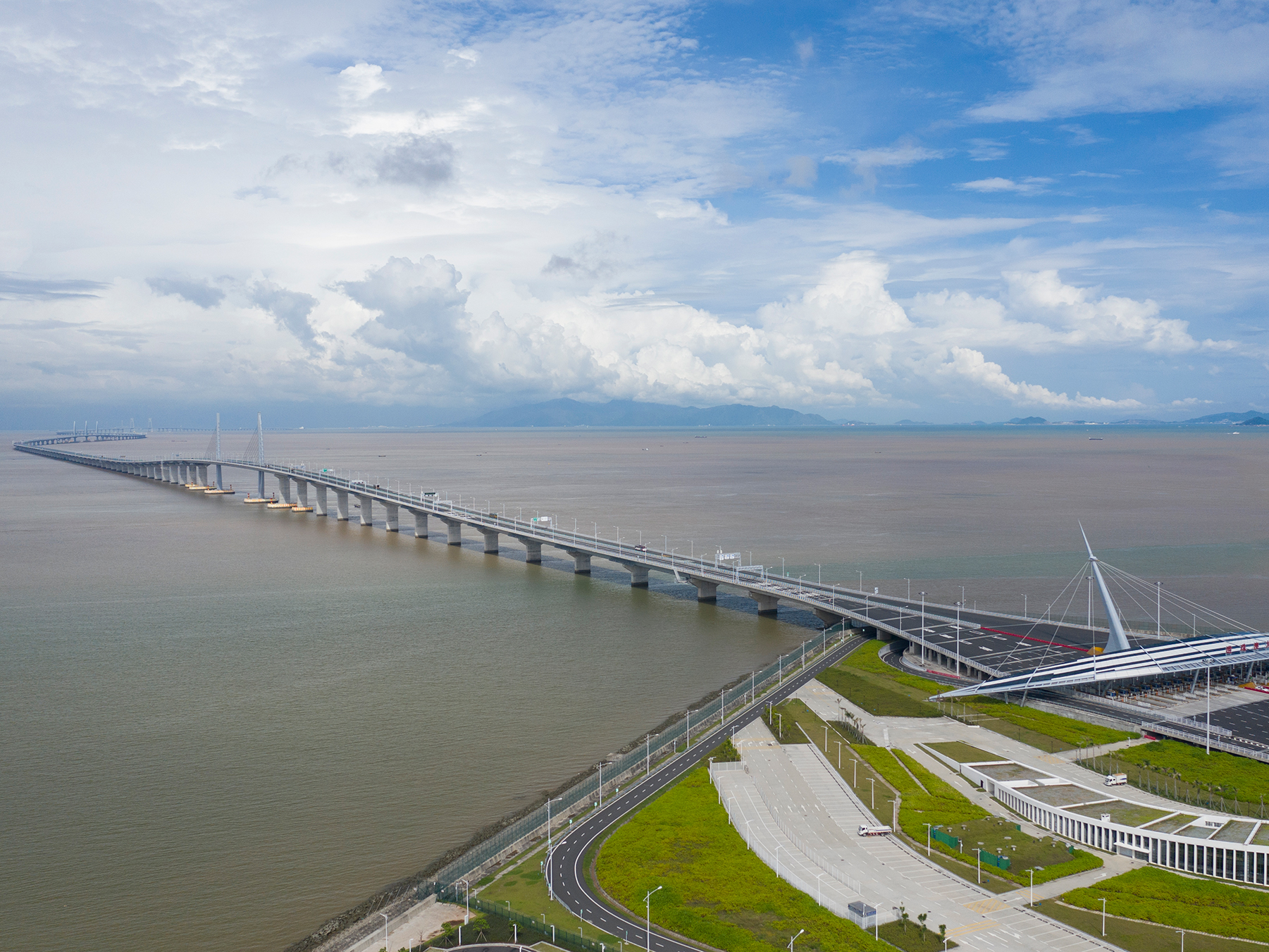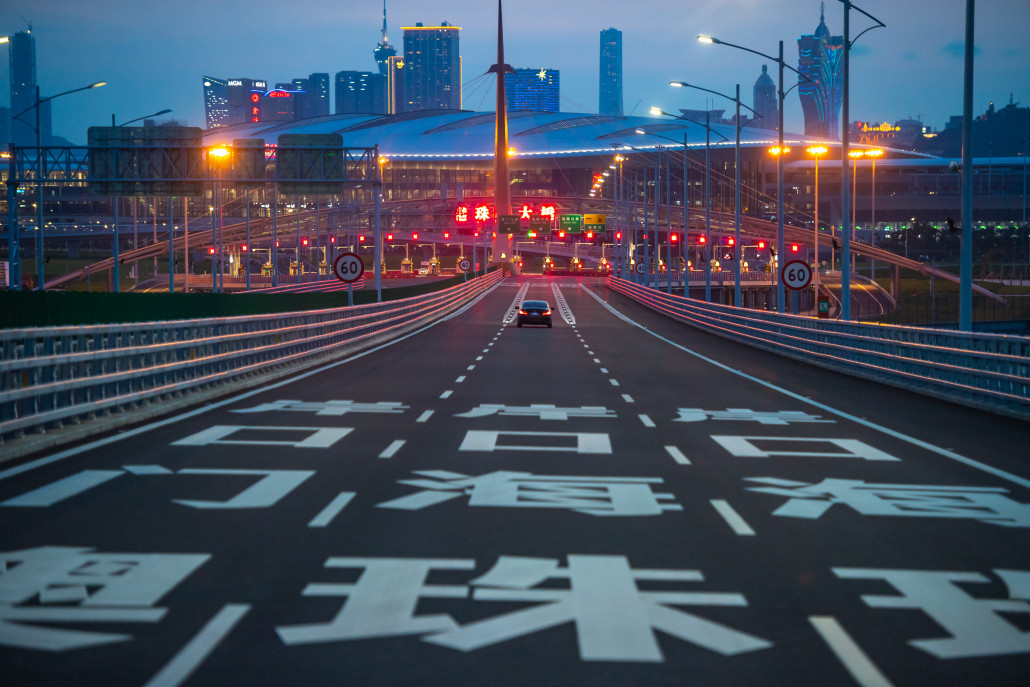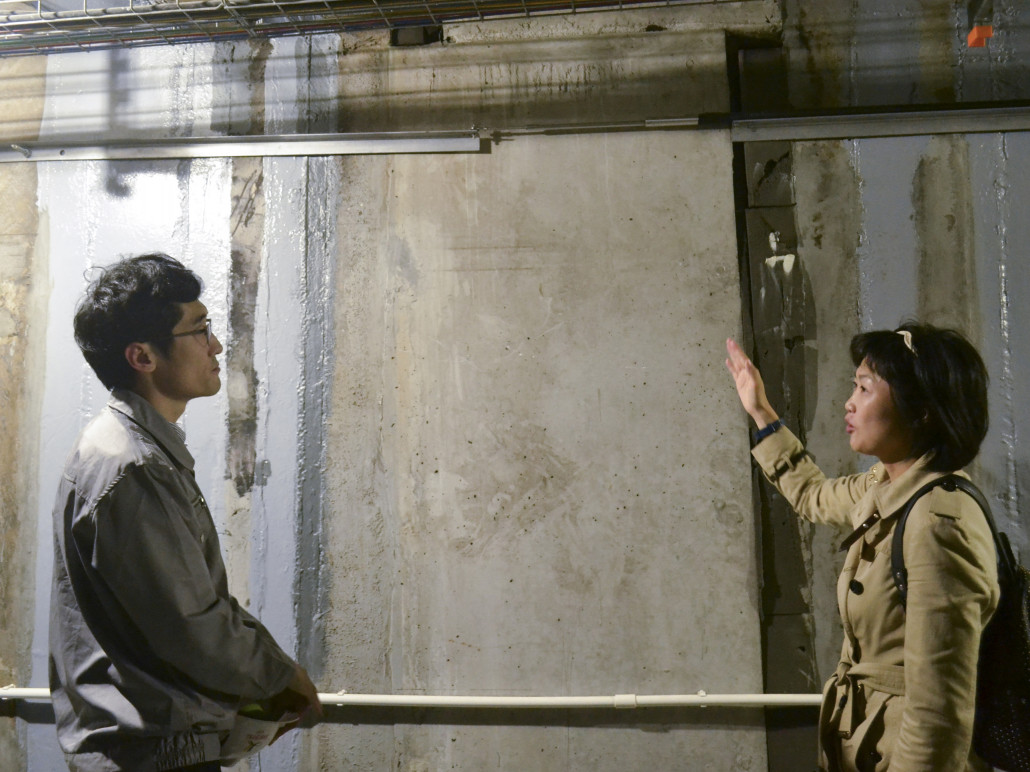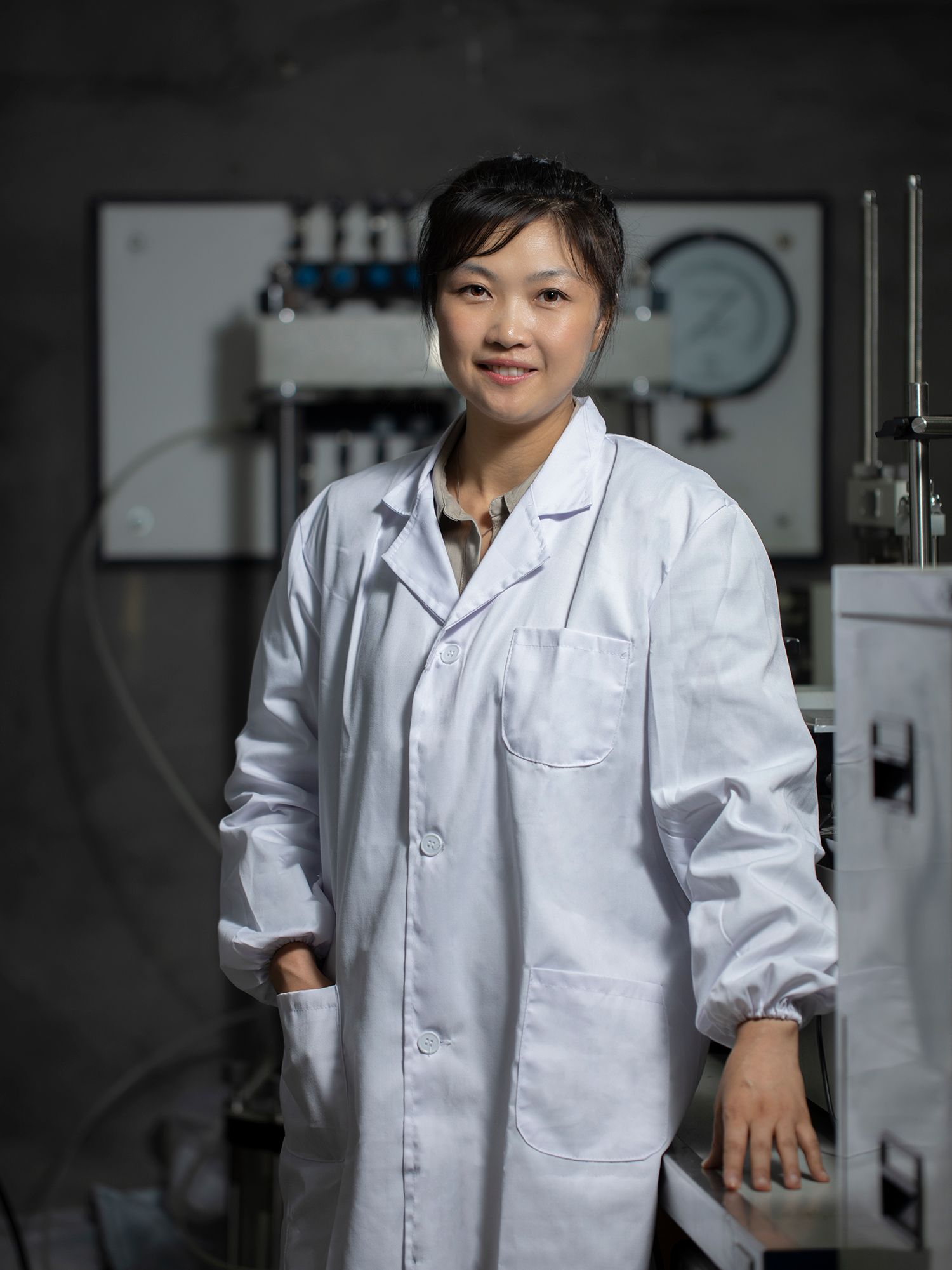The Hong Kong-Zhuhai-Macao (HZM) Bridge connects the three major cities located in the Pearl River Delta in China. Designed for a service life of 120 years, the bridge is the world’s longest sea-crossing bridge-cum-tunnel. Its maintenance, repair and operations are complicated tasks that present an enormous challenge to all three cities. At the University of Macau (UM), researchers rise to this challenge by carrying out joint research projects with other universities, research institutes, companies, and organisations, in order to realise smart maintenance, repair and operations of the HZM Bridge.
Sensors for Cross-Sea Infrastructure Monitoring
Two of these projects are under the National Key Research and Development Programme and the Guangdong Provincial Key Research and Development Programme, respectively. The national-level project concerns the applications of smart technologies in the HZM Bridge’s operation and maintenance, while the provincial-level project investigates smart safety monitoring and emergency control for sea-crossing projects. Most members of the UM team are also members of UM’s State Key Laboratory of Internet of Things for Smart City (the lab).
The UM team is headed by Wanhuan Zhou, Hannah, who is an associate professor and the head of the Department of Civil and Environmental Engineering. She is also the interim head of UM’s Centre for Regional Oceans. According to Prof Zhou, the two research projects aim to create a digital version of the HZM Bridge, which involves massive data collection and analysis.
Geotechnical disaster prevention is Prof Zhou’s main research area. According to her, the structure of the HZM Bridge can be affected by events such as typhoons, earthquakes, fires, sea waves, soil movement in the seabed, and even vessel strikes. She says, ‘It is important to consistently monitor the different areas of the cross-sea infrastructure and collect data so we can effectively determine when and how to maintain and repair it.’ Monitoring is also vital to developing precautionary measures. For instance, data collected during previous typhoons are very useful. When a new typhoon is coming, such data can serve as a reference for driving advisories or traffic restrictions.
The 55-km HZM Bridge is far more than a conventional bridge. It in fact consists of a 22.9-km main crossing, western and eastern artificial islands comprising a total area of 200,000 square metres, a 6.7-km immersed tunnel, and many other components. The megastructure set many world records: It is the longest sea bridge, with the longest immersed tunnel, as well as many other advanced engineering features. At every stage of the construction, engineers had to overcome enormous challenges resulting from complex geological structures, a harsh construction environment, and the need to comply with high technical and environmental standards.
It is impossible to rely upon only human oversight for the bridge’s long-term safety, operation and maintenance, hence the need for a massive amount of smart sensors. At UM, Prof Zhou and other lab members are developing different types of sensors, some of which are made of optical fibres. She explains, ‘Optical fibres can transmit data and measure factors such as changes in temperature and strain. These data reflect how much a structure is deformed under force. Fibre optic sensors are particularly ideal for a humid environment such as the tunnel because they are much more durable than their electrical equivalents. Another important features are the immunity of optical fibre to electromagnetic interferences and series characteristic, which allows fibre optic sensors to consistently provide accurate data from long-distance measurements.’
The UM team’s current focus is on the bridge’s immersed tunnel and its weak connecting parts with the artificial islands. The tunnel is composed of 33 segments, whose joints are the most susceptible to deformation. Water leakage can happen when deformation becomes serious, and that would make the tunnel less durable. Therefore, long-term structural health monitoring is necessary to extend the bridge’s service life.
However, as Prof Zhou explains, it is not always feasible to install sensors, as many parts of the bridge are underwater. To tackle this problem, UM researchers plan to build mechanical simulation models to gather data from sensors, structural designs of the bridge, soil conditions, and other environmental conditions. This model will be useful for extrapolating missing variables that cannot be directly measured, thus enabling more sophisticated monitoring.
Technologies for Smart Infrastructure
Data analysis is another essential part of a digital HZM Bridge. In this area, Prof Zhou has been working with Shaodan Ma, associate professor in the Department of Electrical and Computer Engineering and assistant director of the lab, and other lab members. They are designing a wireless network of smart sensors and edge computing devices, to be installed in the tunnel’s connecting points with the two artificial islands. As an expert in intelligent sensing and network communication, Prof Ma says, ‘Data from our sensors will be sent to edge computing devices nearby, instead of going directly to a centralised computing platform. Distributing computing tasks to edge devices has many advantages, such as shorter task response time, quicker emergency alerts, and a lower burden on the network,’ Prof Ma explains.
The HZM Bridge also uses a special type of reinforced concrete that is highly durable in the marine environment. However, seawater may still find its way into concrete structures that are built around steel rebar. So there is still the possibility that the seawater may corrode the steel. This is why some UM researchers are exploring smart technologies to assess and maintain marine concrete structures under extreme conditions.
Meanwhile, other lab members are searching for new ways to assess the safety of the artificial islands during extreme weather events. In addition, some members of the UM team plan to develop effective mechanisms to evaluate the operation of the fan system and raise alerts based on live monitoring data, while others are trying to create multi-dimensional and multi-modal knowledge graphs for immersed tubes and to study their data ecological mechanism.
Source: E-My UM

The Hong Kong-Zhuhai-Macao Bridge is the world’s longest sea-crossing bridge-cum-tunnel

UM joins national and provincial key research projects on the maintenance of the Hong Kong-Zhuhai-Macao Bridge

Members of UM’s State Key Laboratory of Internet of Things for Smart City during a field trip to the Hong Kong-Zhuhai-Macao Bridge

Prof Wanhuan Zhou, Hannah

Prof Shaodan Ma
